Mongolia is vast.
The Gobi is sweeping and almost too big to comprehend. Settlements are isolated with huge swaths of land between them. Scattered throughout the Gobi are families - nomadic families living and working together, raising children, taking care of goats, horses, and camels, and navigating their changing world as young adult children leave home to go to school and work in the city.
Two different families very graciously invited us into their homes. As we enjoyed salty milk tea and food, we listened as they told us, through a translator, about their way of life.
Lkhagva and his wife Uurtsaikh have a large camp on the north edge of the Gobi, almost directly west of Ulaanbaatar. Lkhagva (or Bob as he asked us to call him) was one of our drivers and he and his wife invited us for lunch and tea. He and Uurtsaikh have a large farm with several gers (the Russian word for these traditional, circular homes is yurts), horses, and camels. As Uurtsaikh served us homemade noodles with meat, followed by deep fried cookies and milk tea, which is a traditional drink for people in the countryside, she explained that they were in their spring camp. After the animals give birth they move to their summer camp where she spends her time milking the animals and take care of the babies. In the winter they re-locate to a different camp again. As with most farms, life seemed to revolve around their livestock and how to best care for them. There was a family helping them with the animals, their daughter is the young girl in the photos. Unfortunately, I was unable to get her name.
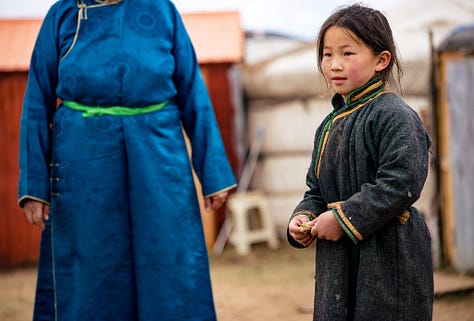
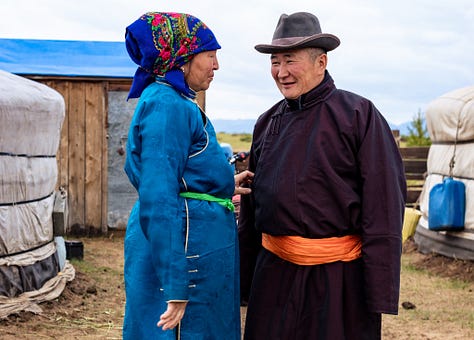

A week later we visited an extended family based around Erdene Ukhaa, Dungobi Province, south of Ulaanbaatar: Mr. Munkhbat Ligshid, his wife, their son and grandchildren. They had very large herds of goats and horses that the whole family worked to take care of. Although it was hard to understand the details, I believe the youngest son of the family was away at university in Ulaanbaatar, and his parents didn’t know if he would return to their nomadic, herding lifestyle. I wasn’t sure if they wanted him to; it seemed as if they felt he might have a better life in the city. However, they did have another son (or perhaps a son-in-law) with grandchildren nearby. When word got out that our group was visiting, he came ripping over the hills with the kids on his dirt bike, and we had a fun afternoon taking photographs and learning about their way of life. It was such a privilege to be invited into the Ligshid’s day - for me, these are the moments that make traveling so worthwhile.
As the afternoon drew to a close, the skies darkened into a magnificent storm. We had the most beautiful light for family portraits and snapshots of nomadic life in the Gobi.
I’ll sign off with this:
There are so many clichés about how travel exposes us to other cultures and ideas, but also makes us realize that our differences are far fewer than we imagine. Truthfully, I find them (the clichés) trite and tedious. However, I am compelled to recognize that no matter where I go, no matter which countries I travel to, families and communities are what matter. The importance of connections and relationships is the same in Mongolia, as it is in Canada, as it is in every other place I’ve had the privilege of visiting. Everyone wants the best for their children. Everyone wants their farms and businesses to prosper. Everyone relies on those around them. And everyone likes cookies.





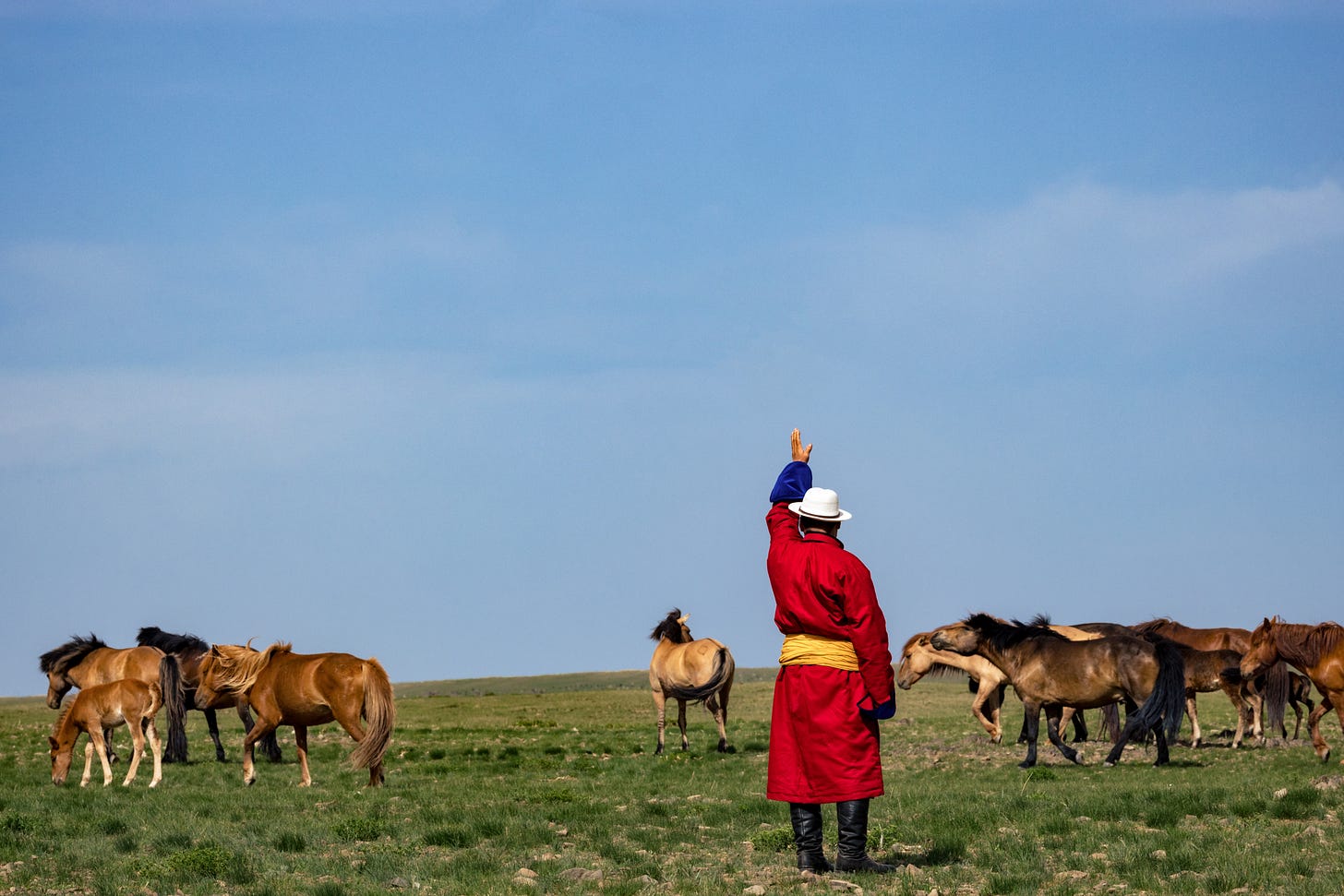



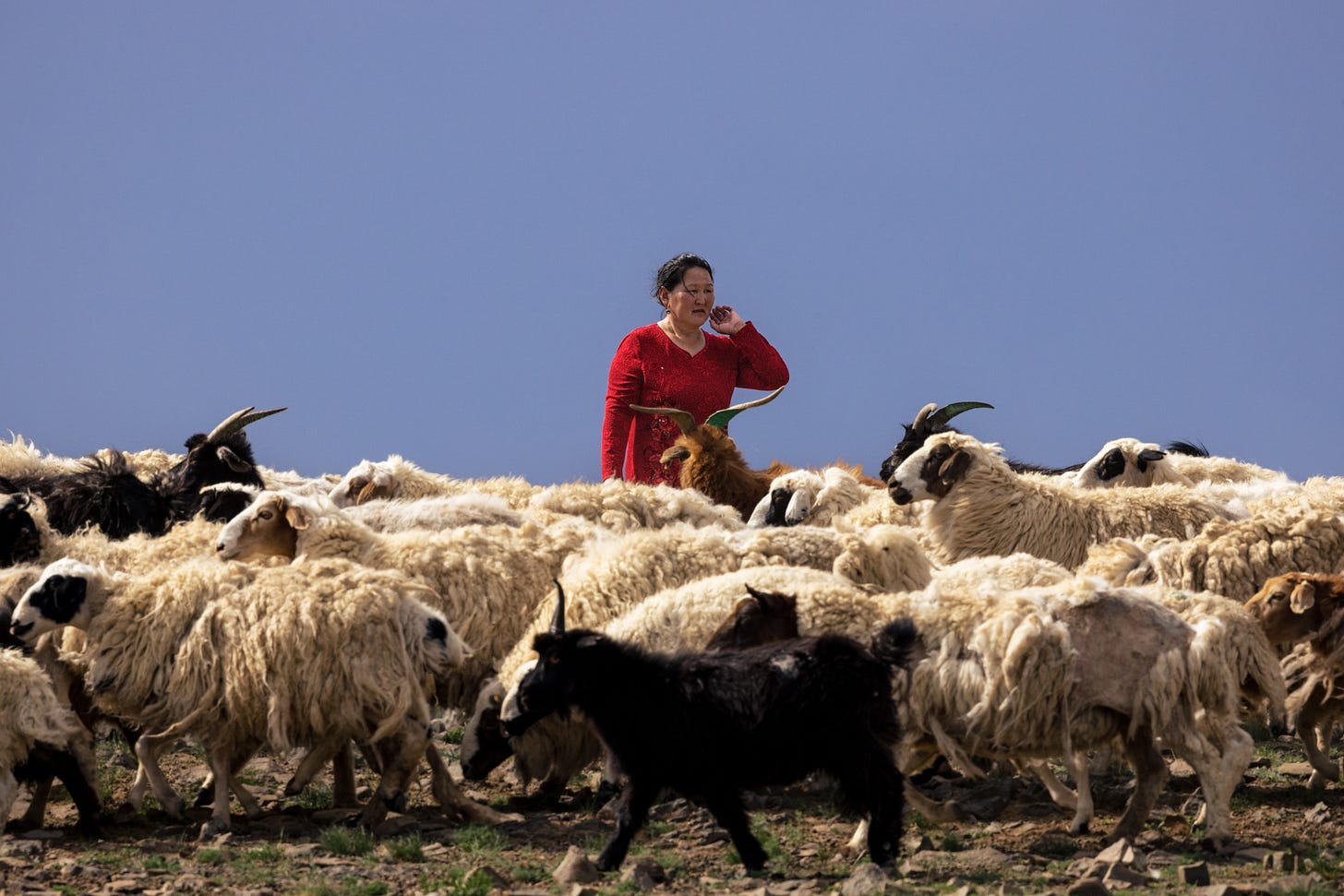

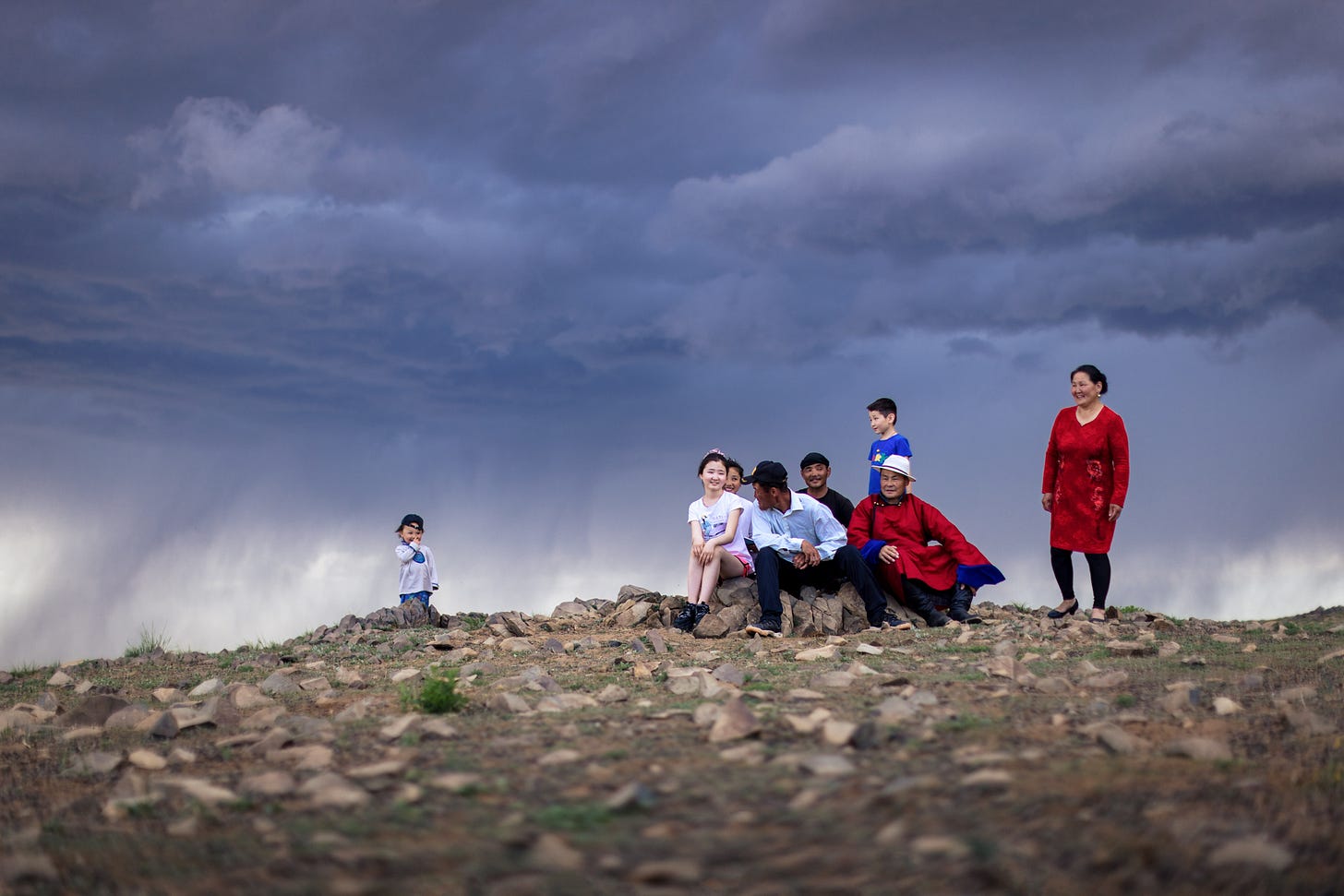
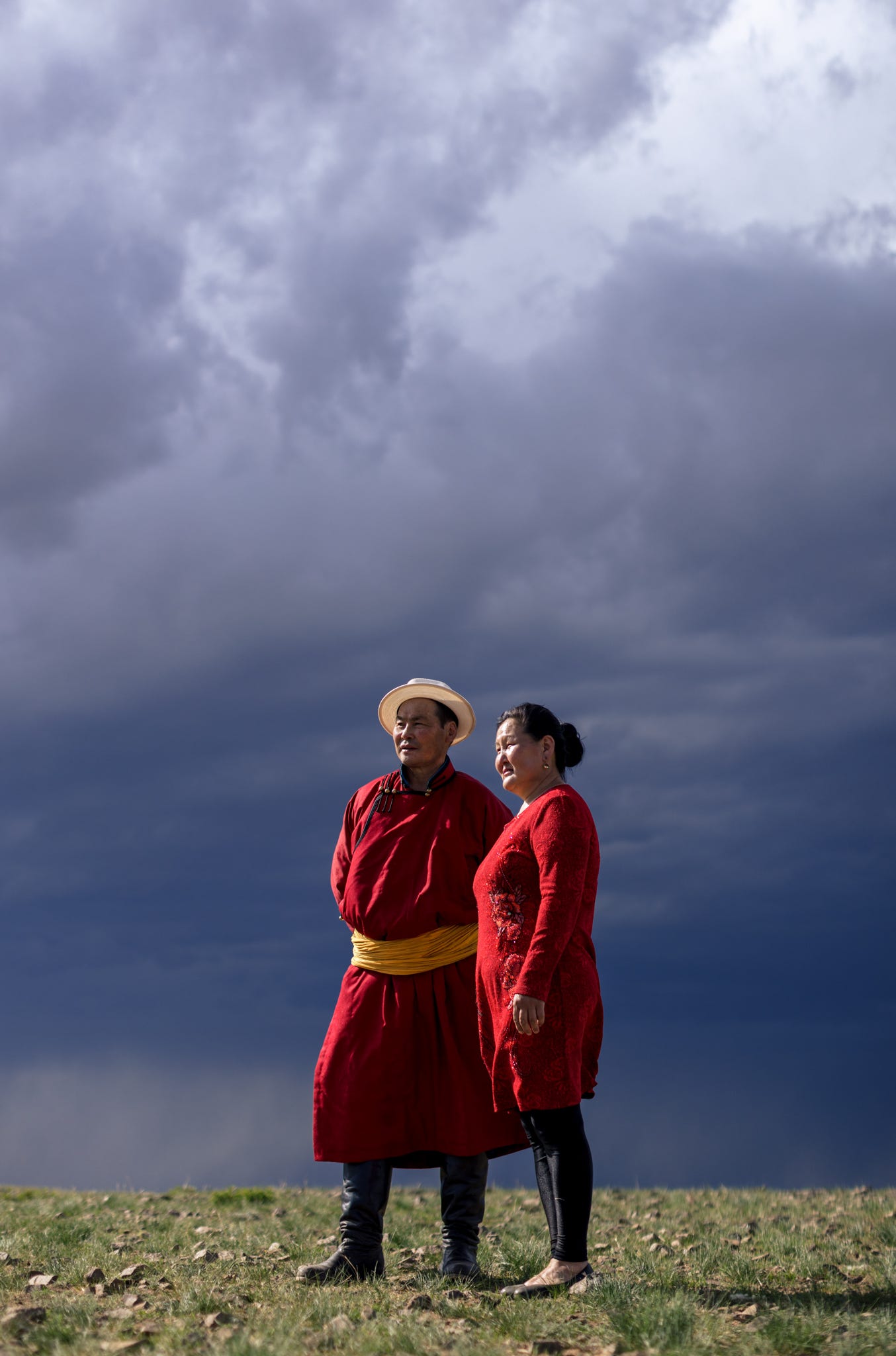
Such a fantastic photo essay and thank you for getting the details you could about these families and their way of life. You’re right; those clichés are, well, clichés, but there is also a grain of truth in them. I believe travel helps us build empathy and understanding. This is something I hope for my children when I travel with them. The world could use more of that - and sharing these stories is a vehicle for it.
Wonderful images and story. I will be there in 2024 and your photos and stories inspire me!